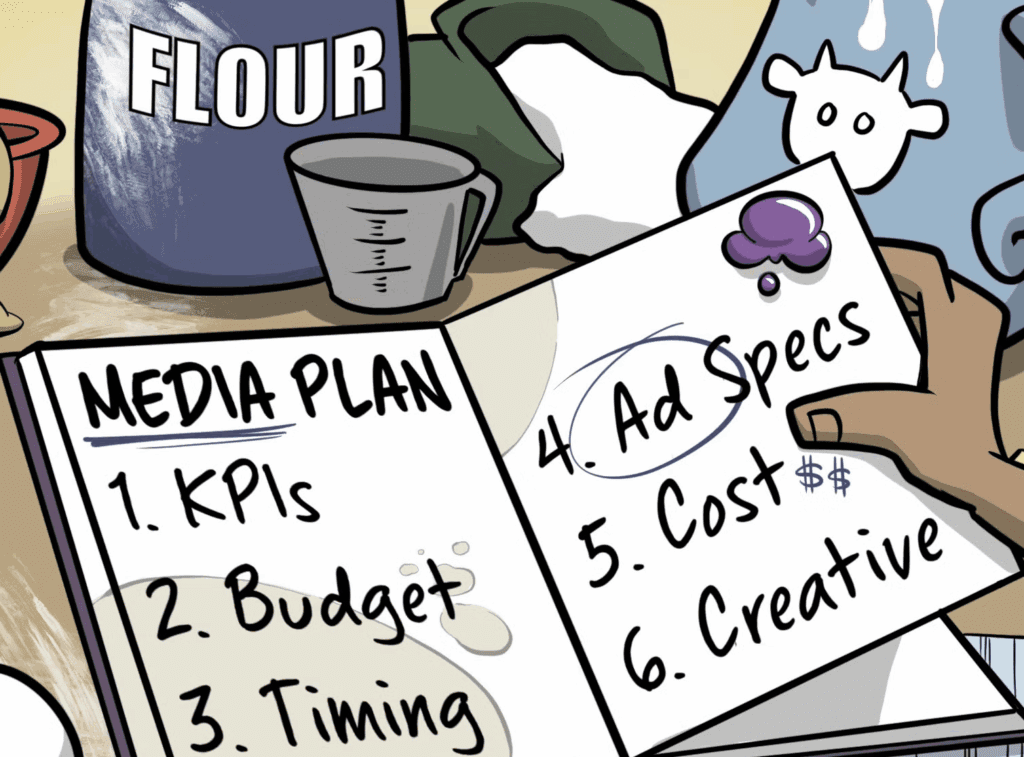Liquid I.V. is pouring ad dollars into online retail platforms to protect its top spot in search results and fend off competitors.
“Being the No. 1 powdered hydration company in America definitely puts a target on your back,” said Danielle Fessenden, Liquid I.V.’s senior director of Amazon and omnichannel.
Now that online retailers have opened advertising spots onto their websites, brands can advertise their products when a shopper searches not only by category but also by brand. So even if a shopper searches for “Liquid I.V.,” a competitor may be in the top spot of search results if Liquid I.V. doesn’t buy the ad spot.
“It’s those first couple of spots on the search page where there’s going to be a sponsored ad. When your customers are looking for you as the brand, they want the convenience of making sure that you are on the top of page, above the fold,” Fessenden said. “So making sure that other competitors aren’t taking up that space.”
Some retailers also sell sponsored ad spots on product detail pages. Instead of having competitors advertise on its product page, Liquid I.V. buys those spots to show complementary products to “grow our dollar share per customer,” she said. For example, if a shopper is viewing the lemon lime flavor of Liquid I.V.’s hydration multiplier, it will advertise its passion fruit flavor because it knows those go well together.
Because of these ads, brands may end up spending ad dollars for sales that could have been generated organically. But, that’s OK because these efforts help “protect” Liquid I.V.’s brand from competitors and allow it to truly own the entire page, Fessenden said.
The right mix of organic sales vs. sales from sponsored product ads
The brand is continually evaluating each product’s organic sales vs. sales from ad clicks. It varies by product but a 50-50 split is a general guideline, she said.
“It’s constant levers that we’re pulling on,” Fessenden said “If we spend more on branded or spend more on non-branded, how is our organic versus ad sales? How does that correlate with one another?”
Plus, many shoppers can recognize a “sponsored” product and still click on the product they want.
“Usually we find customers — as long as we have that placement on the page — mostly they do still end up clicking a non-ad product,” Fessenden said. “They do recognize that ‘Oh, this is a sponsored product, I’m going to go to the other one.’ But as long as we kind of cover that page it helps.”
Prior to retail media networks, brands did not have to worry about competitors taking up real estate on their own product detail pages.
“Is it fantastic? No,” she said.
Besides protecting Liquid I.V.’s brand from competitors, advertising also helps the retailer do what brands use ads for — promote its product. These retailer web placements are especially helpful for marketing new products.
“We have to put effort into the getting the product seen by the customer so that’s where I’ll be totally fine with having 100% ad sales vs. organic sales,” Fessenden said.
Liquid I.V. increases marketing spend in retail media
Liquid I.V. has been actively advertising on retail media networks for four years with Amazon, Target, Walmart, Costco, DoorDash and Instagram as the main ones, Fessenden said. The channel has become a crucial component of its marketing strategy, she said.
“As a result, Liquid I.V. has been allocating an increasing portion of our marketing budget toward retail media advertising over the last few years,” she said. “This approach enables us to reach consumers closer to the point of purchase and deliver more personalized and measurable advertising.”
With the rapid growth of retail media advertising, Fessenden expects Liquid I.V. will continue to increase its marketing budget in this channel.
When Liquid I.V. first starts selling products on a larger retailer site with a retail media network, it will buy category-level ads, such as “electrolytes.” Slowly, it will start to buy ad spots for its branded terms.
“It’s making sure that we are cohesive as a brand, making sure the customer is getting the same story on every retailer that they want to shop on,” she said.
 Network
Network

